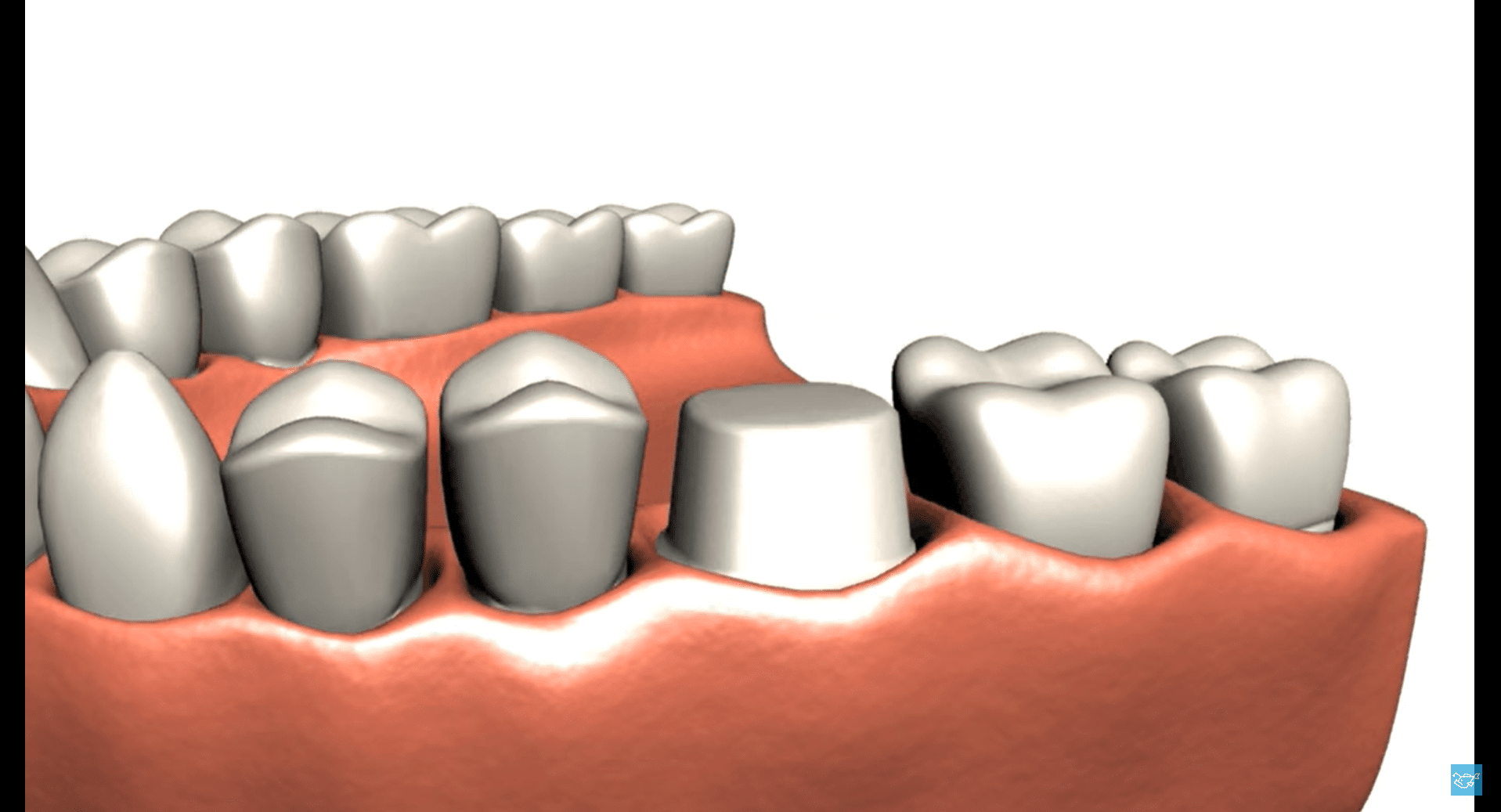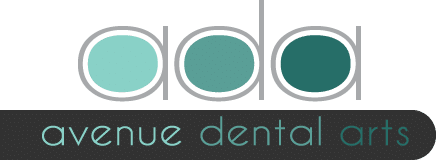Dental crowns are specially designed to look and feel like a natural tooth. They fit comfortably over an existing tooth after damage. You may need a crown to cover a tooth to help restore it to its normal shape, size and function. A crown can make your tooth stronger and improve its appearance.
A crown can help improve the longevity of a tooth with a large filling when there isn’t enough tooth remaining to hold the filling. Crowns can also be used to attach bridges, protect a weak tooth from breaking or restore one that’s already broken. A crown is a good way to cover teeth that are discolored or improperly shaped.
Our primary concern, like yours, is helping you keep your teeth healthy and your smile bright.

WHY DENTAL CROWNS?
If your dentist said you need a crown, you may be wondering why. Crowns can be used as a beneficial solution to many dental problems, including but not limited to:
- To replace weak or worn down teeth.
- To protect broken or fractured teeth.
- To strengthen a tooth with a very large filling that needs to be replaced.
- To rebuild damaged or decayed teeth.
- To attach a dental bridge.
- To cover a dental implant.
- To cover up a discolored or misshapen tooth.
- To improve your bite and oral health.
WHAT CAN I EXPECT DURING THE PROCEDURE?
Dr. Saferin will make sure you are entirely comfortable during the procedure. Numbing medicine will be administered before treatment begins.
In order to place a crown on a tooth, the tooth must first be prepared. This is done by removing a small amount (1-2mm) of tooth structure circumferentially (360◦) around the tooth to give enough space for the crown material. At this time any areas of decay, weakened structure or broken down fillings will also be removed. When this is completed, an impression of your tooth will be taken. This impression will be sent to our local, very capable lab technicians who will use it to fabricate a precise-fitting crown in a color that matches your existing teeth. We work closely with our trusted laboratory technicians to confirm the accuracy of the color, shape and size of your new crown. Our lab only takes a few weeks to create your custom masterpiece, in the interim, you will be wearing a temporary crown so you can look and feel your best while our lab works their magic.
At your next appointment, the temporary crown will be removed and we will insert your permanent crown. We will check to make sure it fits well, has a pleasing aesthetic appearance, and feels comfortable when you bite down and chew. Some slight adjustment of the crown may be necessary. Finally, the permanent crown will be bonded or cemented to your tooth with dental cement. If you have any questions about crowns or a question during or after your procedure please feel free ask us!
I HAD A CROWN PLACED, NOW WHAT?
As with any dental procedure some patients experience slight discomfort in the jaw due to prolonged opening or at the site of local anesthesia administration for a short period of time after treatment. After having your crown placed your tooth should function just as it did before treatment. Dental crowns can last for years if properly cared for. As always, it is important to keep the crown clean using your normal, diligent brushing and flossing techniques. It is possible to fracture portions of a crown material so you should avoid chewing ice or other hard objects or biting your fingernails. Depending on the nature of your bite we may recommend that you wear a night guard to help protect the crown.

FIXED BRIDGES
If you’re missing one or more teeth, you may notice a difference in your ability to chew or speak. Bridges can help restore your smile and bite. Sometimes called a fixed partial denture, a bridge replaces missing teeth with artificial teeth, called pontics, and literally “bridges” the gap where one or more teeth used to be. Bridges can be made from gold, alloys, porcelain, zirconia or a combination of these materials and are attached to surrounding teeth for support. Unlike a removable bridge, which you can take out and clean, a fixed bridge is typically permanent.
WHY A FIXED BRIDGE?
- You are missing a tooth and are not a candidate or choose not to have implants
- The teeth adjacent to your missing tooth need crowns

WHAT TO EXPECT DURING THE PROCEDURE
Dr. Saferin will make sure you do not experience any discomfort during the procedure. You will receive local anesthetic before the treatment begins.
The procedure for a bridge is very similar to that of a crown. Essentially, the teeth on either side of the missing tooth are each receiving a crown while the missing tooth is being replaced with a “fake” tooth. To crown the adjacent teeth a small amount (1-2mm) of tooth structure must be removed circumferentially (360◦) around the teeth to give enough space for the crown material. At this time any areas of decay or broken down fillings will also be removed. When this is completed, an impression of your teeth will be taken. This impression will be sent to our very capable lab technicians who will use it to fabricate a precise-fitting bridge which will include the pontic in a color that matches your existing teeth. While you are waiting for your bridge to return from the lab you will be wearing a temporary bridge to protect the teeth and replace the missing tooth.
At your next appointment, a few weeks later, the temporary bridge will be removed and we will insert your permanent bridge. We will check to make sure it fits well, has a pleasing aesthetic appearance, and feels comfortable when you bite down and chew. We will make any necessary adjustments at this time. Finally, the permanent bridge will be bonded or cemented to your tooth with dental cement. If you have any questions about bridges, or a question during or after your procedure, please feel free ask us!
I HAD A BRIDGE PLACED, NOW WHAT?
As with any dental procedure some patients experience slight discomfort in the jaw due to prolonged opening or at the site of local anesthesia administration for a short period of time after treatment. The bridge placement will restore function in that area of your mouth. To prolong the life of the bridge, diligent brushing and flossing techniques are very important. Various products are available to assist you in flossing beneath the bridge; those will be reviewed with you. It is possible to fracture portions of the bridge material, so you should avoid chewing ice or other very hard objects. Depending on the nature of your bite, we may recommend that you wear a nightguard to help protect the bridge.

NEED DENTAL WORK? DON’T DELAY
If you have one or more damaged teeth, you can trust Dr. Saferin to restore your smile. Come see us as soon as possible to avoid the painful side effects of missing and broken teeth. Leaving these problems untreated can lead to TMJ (jaw joint) dysfunction, teeth grinding, or even deep decay.
Recapture your speech and chewing ability, along with your strong sense of self, with dental crowns and bridges! We provide sophisticated, high-end cosmetic work at Avenue Dental Arts. Schedule your consultation to learn more today.

